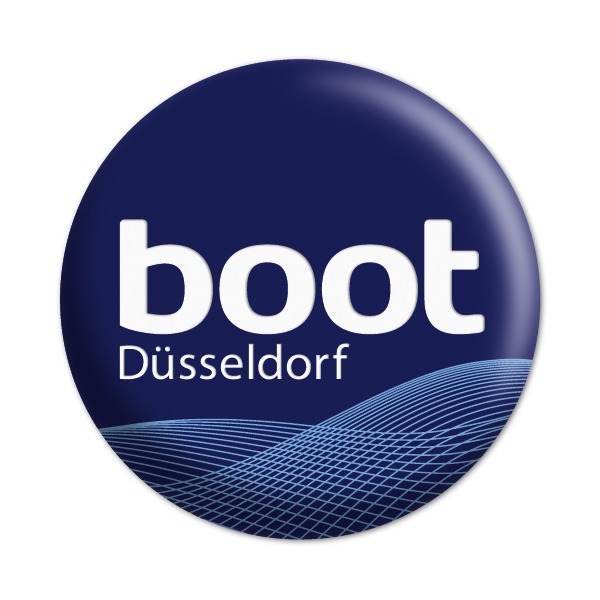India Bets on Green Hydrogen
INDIA REPORT

The electric vehicle market in India is mostly dominated by lithium-ion battery technology, which powers two-, three- and four-wheeler vehicles. But this situation comes with its own set of challenges.
For instance, each battery chemistry has a different energy density, peak power output and charging time. Hence, the industry is working on alternative green solutions, and the government of India is aggressively working on hydrogen as a fuel option.
In terms of refueling time, hydrogen has a definitive advantage over batteries. It takes just a couple of minutes for a hydrogen vehicle to be refueled, irrespective of size, compared to the hours it takes to recharge an electric vehicle.
The union cabinet approved US$ 2.4 trillion (Rs 19,744 cr) for National Green Hydrogen Mission. The mission has four components aimed at enhancing domestic production of green hydrogen and promoting the manufacturing of electrolysers — a key constituent for making green hydrogen. The initial target is to produce 5 million tons of green hydrogen annually.
Source: Business Standard Read The Article
Along with the government, other industry stakeholders are taking significant steps to develop hydrogen fuel. Ashok Leyland (one of the largest CV makers) is working with Reliance industries on the development and supply chain of hydrogen-powered engines.
Ashok Leyland plans to install fuel-cell engines in an existing fleet of 45,000 trucks that RIL has hired to transport refined products and other marketing goods as a first stage in the strategy. Also, Adani (diversified business portfolio) and TotalEnergies (French energy and petroleum company) have entered into a partnership to jointly create the world’s largest green hydrogen ecosystem.
The potential of the country towards the production of hydrogen is attractive to many companies. European aircraft manufacturer Airbus is looking to source green hydrogen from India as well as Australia and Latin America.
“India is an amazing location with huge potential for the production of (green) hydrogen at a very exciting cost,” says Glenn Llewellyn, VP Zero-Emission Aircraft at Airbus.
In the 16th edition of the motor show Auto Expo Toyota, MG motors, Tata motors, Hyundai, and VECV, showcased their hydrogen-powered vehicles across several segments. It’s evident that OEMs are seriously exploring the option of Hydrogen powered vehicles. PSR
Aditya Kondejkar is Research Analyst – South Asia Operations for Power Systems Research




